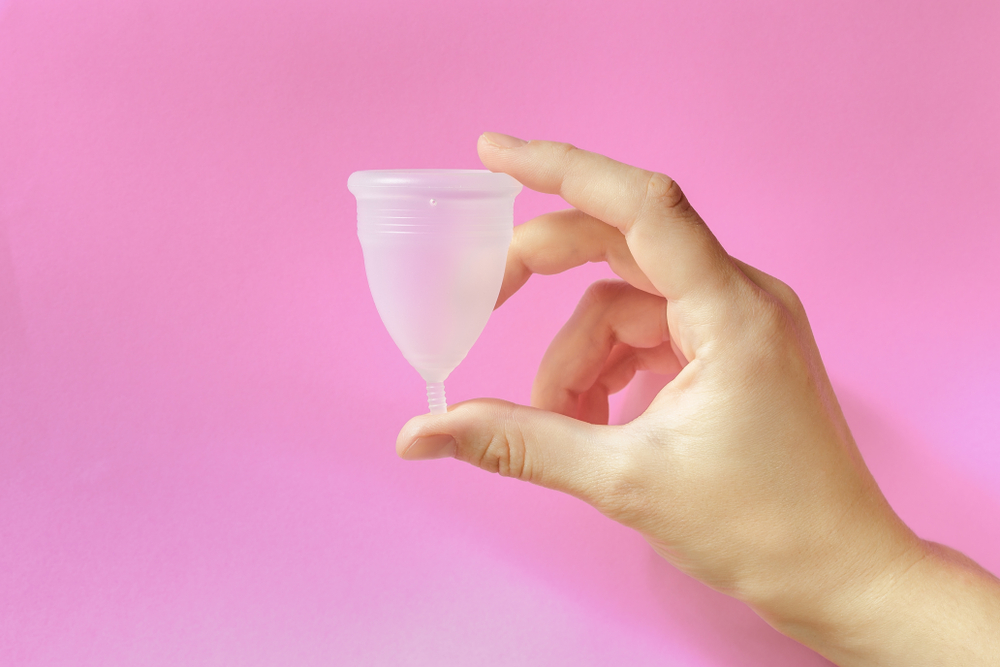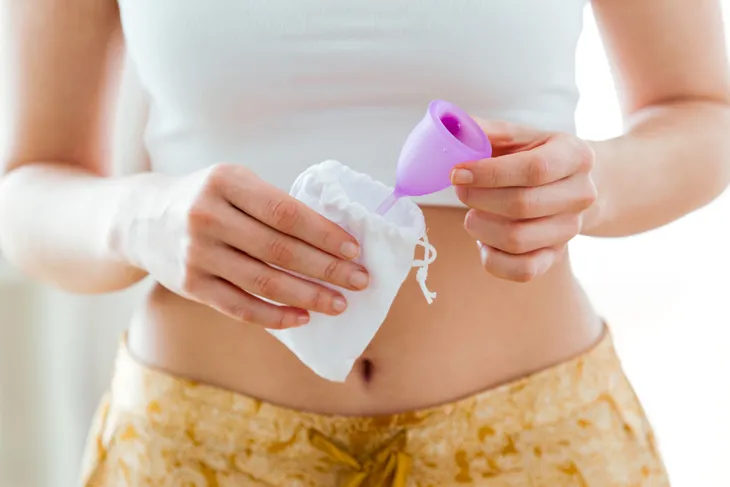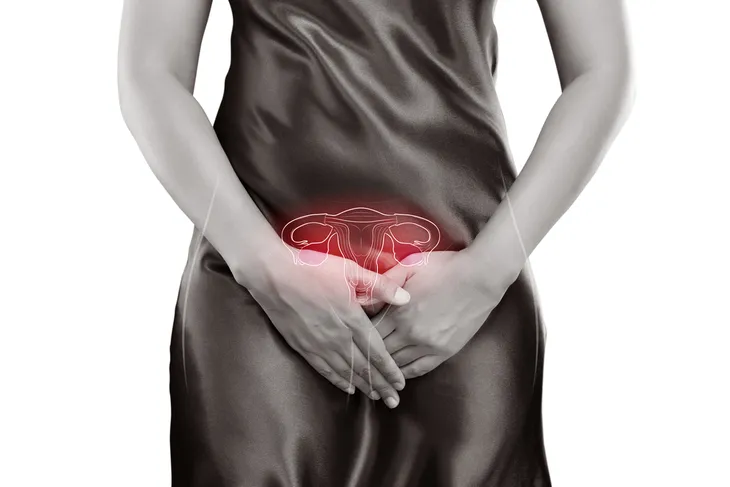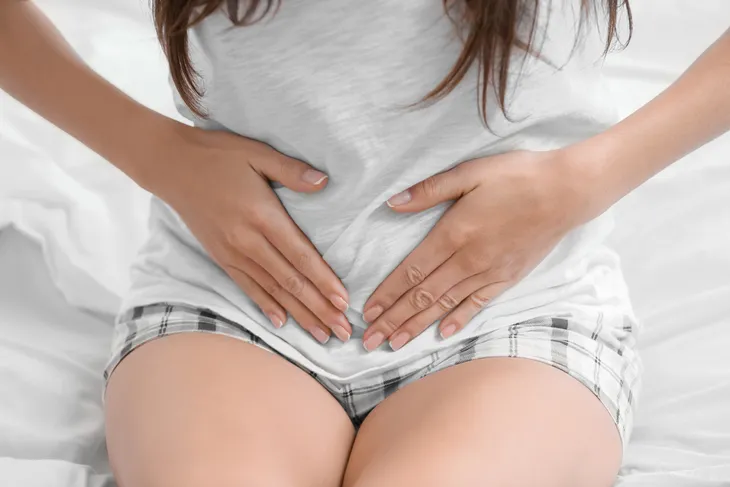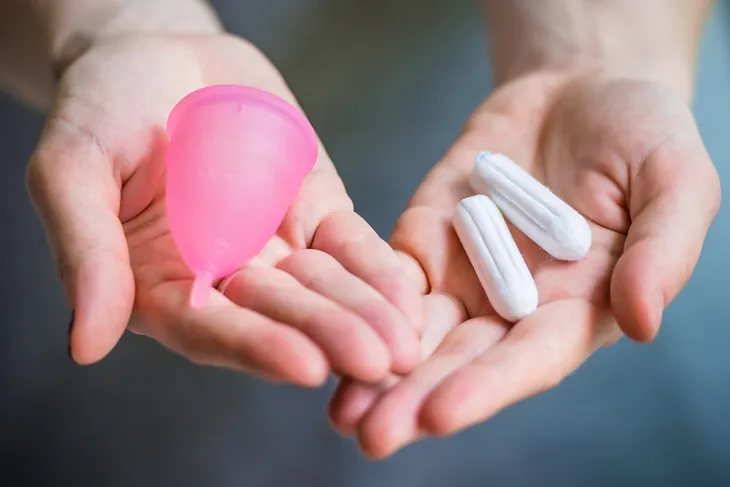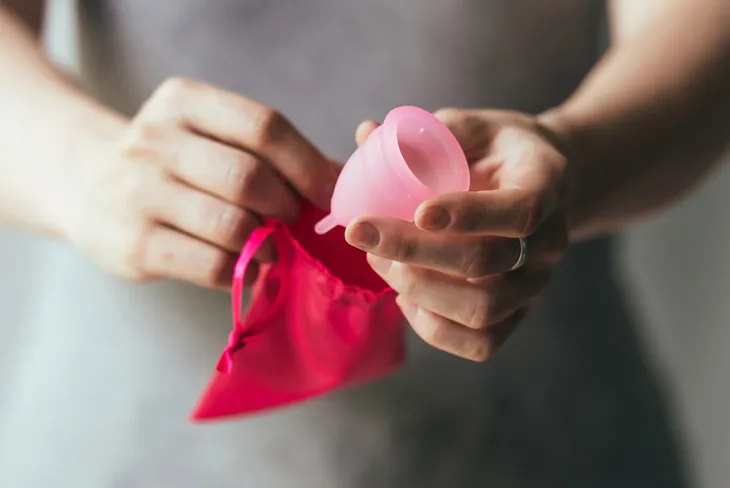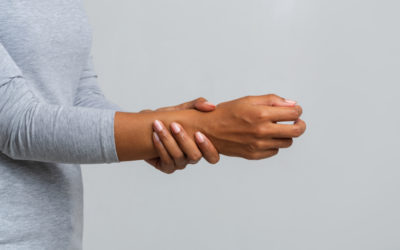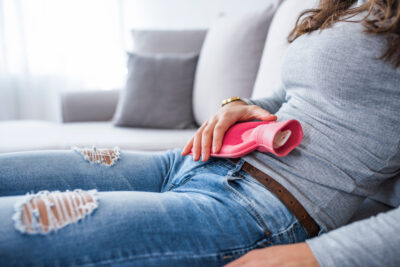You’ve probably heard about the newly popular alternative for handling your period through the use of menstrual cups. Many women have switched over to these cups from the standard tampons or pads. However, unless you’ve done some research, you might be curious, but unsure about the cups (i.e., how they work, if they’re a viable and costly option, how safe they are, and if there are any negative side effects).
Every woman has preferences concerning what they use during their menstrual period, and making the best and safest decision for your body is an important one. Thanks to the growing popularity of menstrual cups, we have the answers to all of your questions. Here are the pros and cons concerning menstrual cups to help you make an informed decision…
They’re Cost-Friendly
One of the many benefits of a reusable menstrual feminine hygiene product (or any reusable product) is that you only have to buy it once! Using a reusable menstrual cup will save a decent amount of money in the end. It’s a good investment that is guaranteed to pay off in the long-run and reduce money spent on menstrual products.
The length of time you can reuse the cup varies depending on the product—some last one menstrual cycle, others last around 1 year, and some even claim to last up to 10 years with proper cleaning and storage.
Prone to Discomfort
A potential downside to a menstrual cup is how your body adjusts to it, both in the short and long-term. It’s fairly rare for anyone who uses menstrual cups not to find it uncomfortable in the beginning. And that makes sense. While your body might be used to the feel of something inside the vagina during that time of the month (i.e., tampons), menstrual cups are bigger and can be an adjustment.
However, the benefit of a menstrual cup design is that it isn’t inserted as far into the vagina as tampons are, so you don’t have to worry about inserting the product deeply. Many women get used to the feeling by using it during a full menstrual cycle, but some won’t ever adjust and feel comfortable.
Offers Long-Lasting Protection
Many women have to change their pad or tampon every few hours, especially when their period is at its heaviest. There can be constant worry about leaking, even when you’ve had your period for decades. It’s not uncommon to dread that time of the month and worry about being able to get to the washroom regularly and in time before the protection leaks. Menstrual cups can greatly reduce this worry and inconvenience of additional trips to the washroom because they provide long-lasting protection.
Similarly to the size and type of tampon or pad you might currently use, menstrual cups can vary on protection provided, depending on the manufacturer and style. Typically, menstrual cups only have to be emptied roughly every 12-hours. Many women have experienced an embarrassing or unpleasant situation with leakage using tampons or pads over the years. But thanks to menstrual cups, the chance of leakage is greatly reduced, and they last much longer than a single tampon or pad.
Requires Special Cleaning and Storage
A potential negative aspect that overrides the convenience of reusable menstrual cups is the inconvenience of having to clean it. Each time you remove the menstrual cup and empty it in the toilet, you have to also clean it with warm water and oil-free soap before inserting.
There are a lot of requirements around what you can use to clean it, even the type of water. It’s extremely important you wash your hands before inserting the cup. This helps prevent bacteria from causing an infection. Each product has its own care instructions, which typically include boiling the cup in water at the end of your cycle. The time and effort behind the thorough care and cleaning is one of the reasons some women decide not to use menstrual cups.
Potentially Reduces Cramps
Cramps are an unfortunate evil that accompanies the already inconvenient and costly result of a menstrual cycle for many women. Some women experience cramps so badly they require medication in order to carry out their daily activities. The good news is that menstrual cups have been shown to greatly reduce the severity of cramps.
Many think that cramps are solely the result of the menstrual cycle, but this isn’t true in all cases. Tampons can cause cramps or add to them because they irritate the vaginal wall. Made of soft silicon and not inserted quite as far as a tampon, menstrual cups can reduce and often completely prevent cramps due to using feminine hygiene products. Since cramps are the bane of many a woman’s existence, switching to a menstrual cup could make a huge difference.
Menstrual Cups Can Be Messy
Menstrual cups can be easy to use and a lot of women swear by them. However, they aren’t right for everyone for a variety of reasons, one of which is the possible mess factor. It takes awhile to get used to the process of removing, cleaning, and reinserting the cup.
Some cups hold 1-ounce of blood which means they only need to be emptied every 12-hours. One ounce might not seem like a lot, but the total average period flow is only between 1- and 2-ounces. Even though these cups can hold a lot, it can be messy to change them out depending on how heavy a period is.
Prevents Unpleasant Odor
It might not be a topic you want to discuss, even with your doctor, but the use of tampons and pads during your menstrual cycle can cause an unpleasant odor. Some odors are normal because they’re a result of blood being exposed to air while soaking in the material of a tampon or pad. With the flexibility of the silicone cup inserted in the vagina, it will naturally seal and prevent what it collects from being exposed to air. This eliminates odor typically experienced when using other feminine hygiene products.
As long as you properly clean and store your menstrual cup, both during and after cycles, it shouldn’t smell. However, infections can cause tampons and pads to have a very strong, unpleasant odor. Although the fibers on these other types of feminine hygiene products could make the smell from an infection worse, most menstrual cup manufacturers encourage you to discontinue use until the infection is cleared up. Certain odors are not normal and you should talk to your doctor if you experience odors.
You Can Choose to Use a Combination of Both
Many women who aren’t completely sold on the idea of having to change and clean their menstrual cup in certain situations (like on vacation or out in a public place), but like the idea of being more environmentally conscious and saving money, they use a combination of both.
If you know you’ll be away for a long period of time then you might opt for a pad or tampon. You’ll likely feel more confident and comfortable using the cup while in the comfort of your own home. A combination of both offers the best of both worlds and provides the same benefits.
Menstrual Cups and IUDs
Lastly, there is some controversy as to whether you can use a menstrual cup when you have an IUD. Some women are worry the suction of the cup may dislodge the IUD. However, there is no scientific data to support this, so it is fine to use the cup when you have an IUD.
